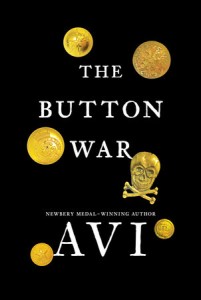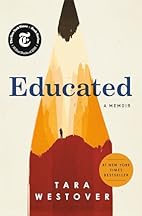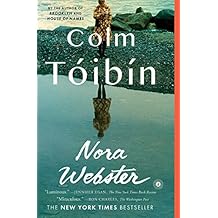 NOTE: I received an early reader’s copy of this book via Net Galley in exchange for an honest review.
NOTE: I received an early reader’s copy of this book via Net Galley in exchange for an honest review.
Twelve-year-old Patryk lives with his family and friends in a small Polish village when The Button War, a new novel by Avi, opens in August 1914. Russian soldiers occupy their village but mostly leave the villagers alone as they go about their lives. Suddenly, planes appear overhead and a bomb destroys the school, killing a child and the school master. Germans are coming and their peaceful life is disrupted in harsh ways described in stark prose through the eyes of Patryk. Even as their world falls apart, the group of boys, led by the bully Jurek, start their own war: a “button war” that challenges the boys to steal buttons from the various soldiers. The boy with the best button will be king. It seems innocent at first but like the real war around them, it escalates and Patryk finds himself unable to control events as Jurek becomes increasingly brutish.
Avi does not spare the reader from the callousness of violence and death at the beginning of World War I. The lives of the Polish villagers mean nothing to either side of the conflict. Patryk’s father warns him that they are stuck between the two sides and life has become very dangerous. Avi masterfully weaves the two wars together in sometimes brutal ways. The prose moves quickly. The tension mounts from the moment that first bomb falls with little time for the reader to breathe; it is as though the reading experience mirrors the experience of the characters whose world is shattered. They face life and death decisions that must be made within moments.
I read it through in one sitting, unable to pull myself from the story. While it is appropriate for young adult readers, I would suggest that, at least for the pre-teens, parents read along and talk about some of the more violent images. The relationship between Patryk and Jurek also provide valuable opportunities for discussions about how we are influenced in positive and negative ways by other people and what we can do to avoid being bullied into making decisions.








